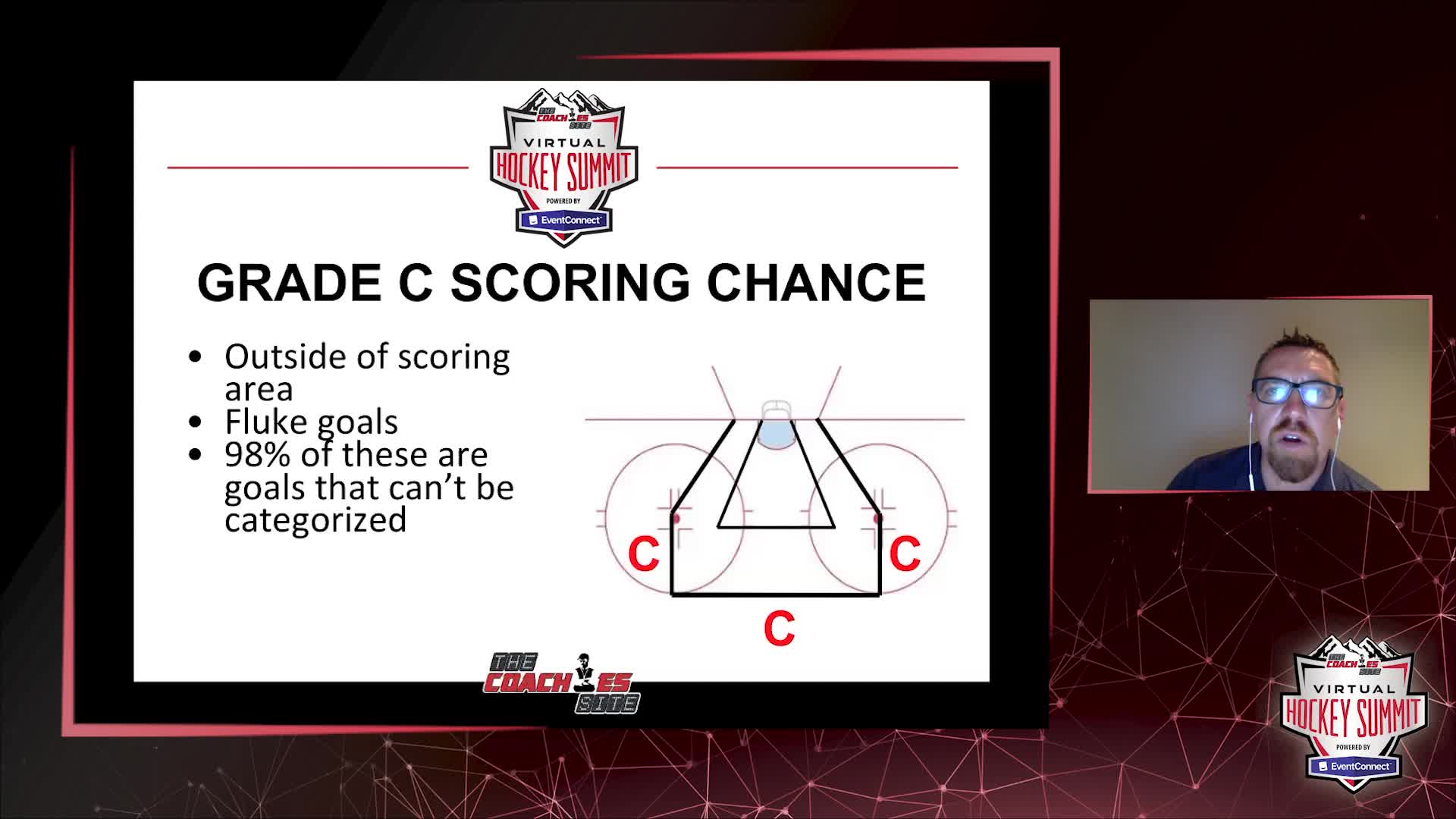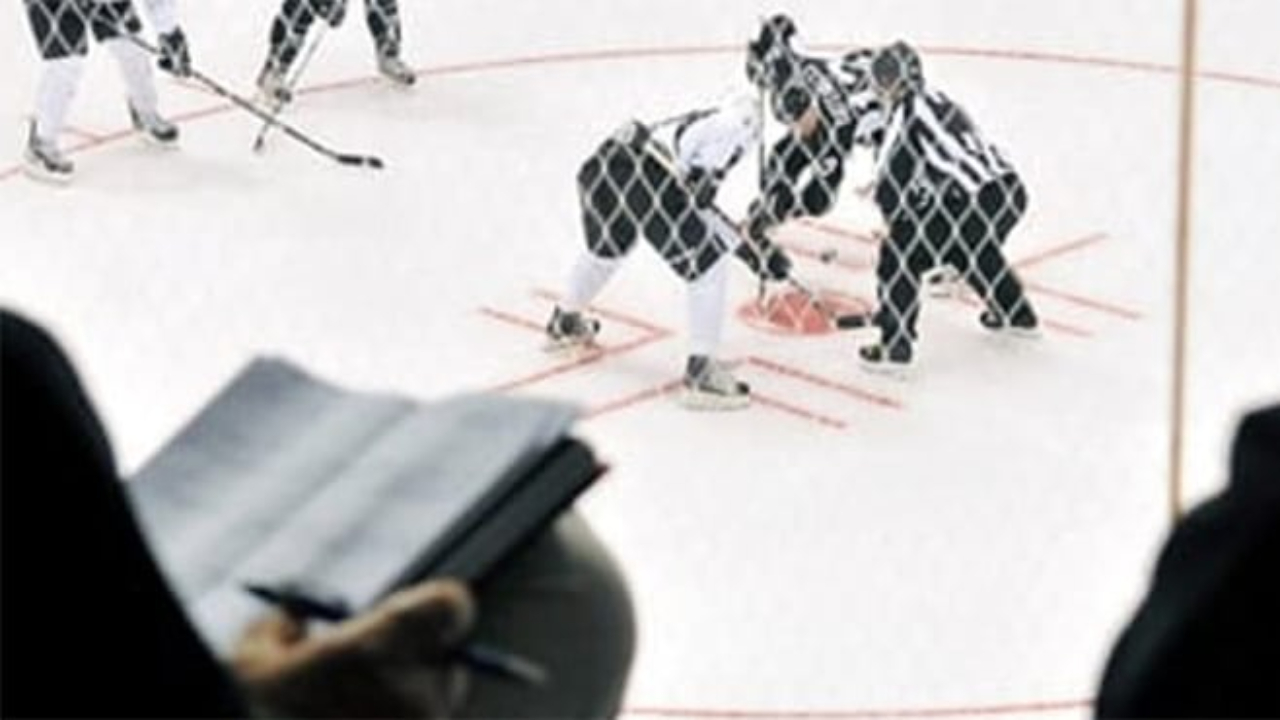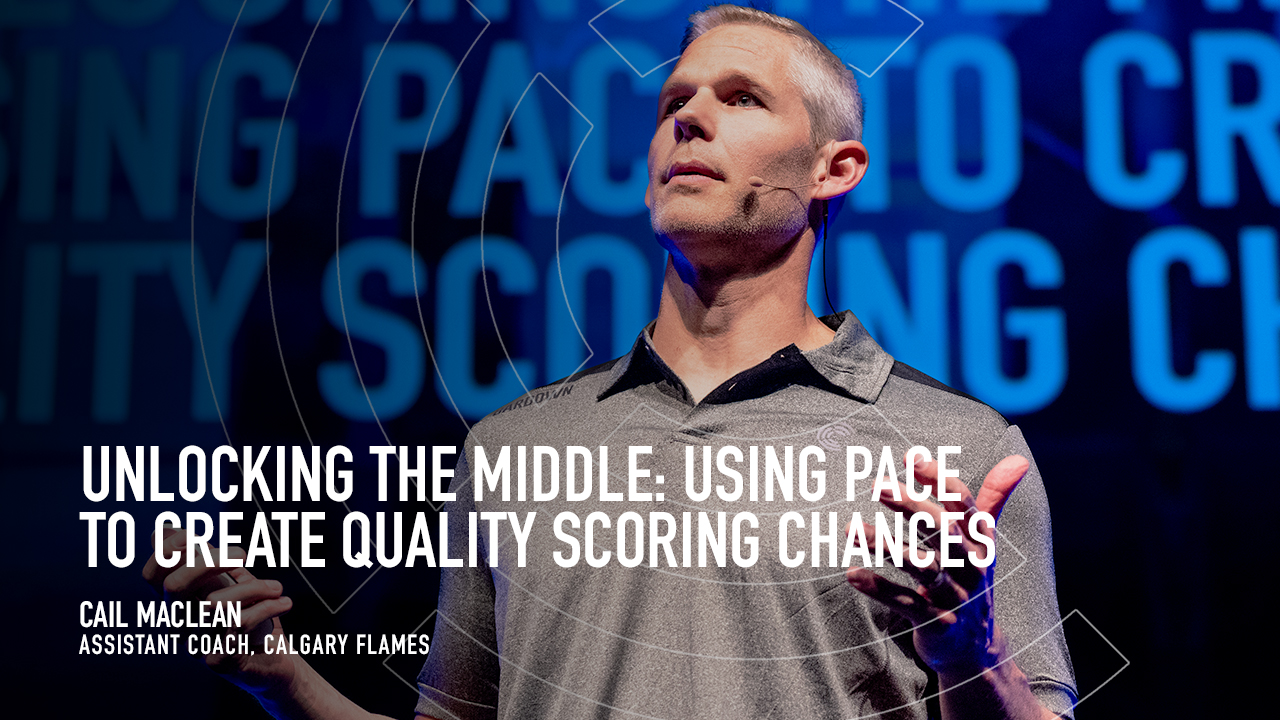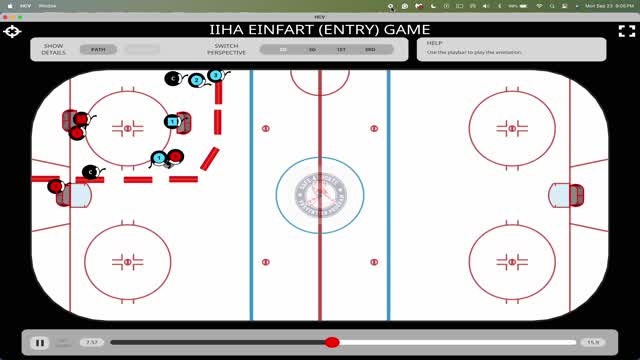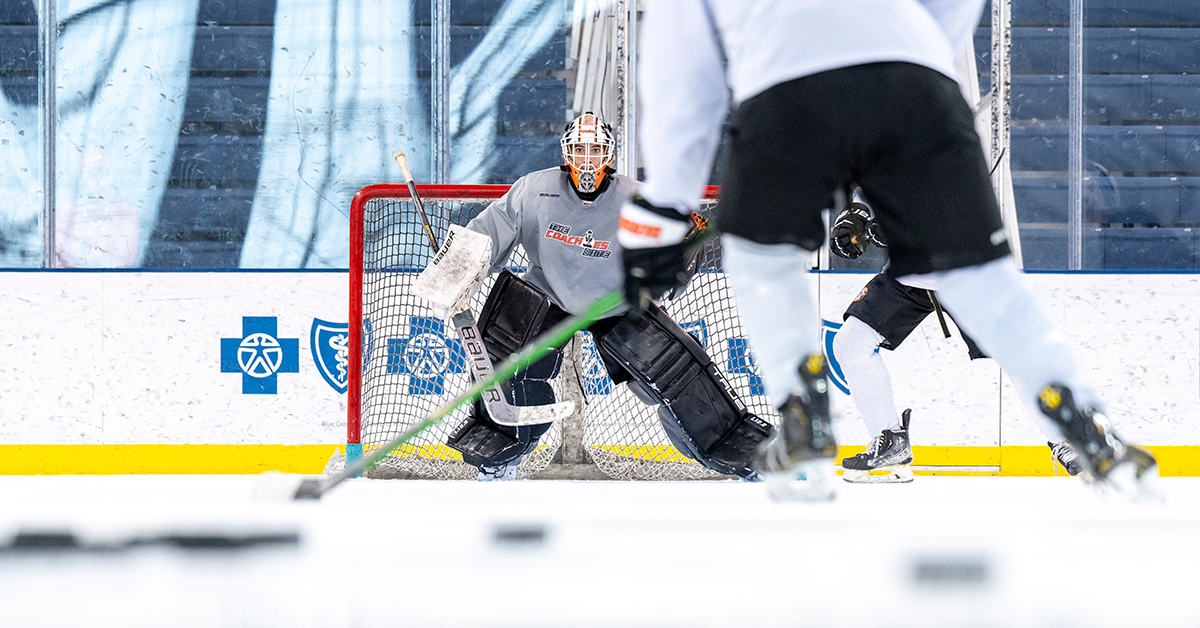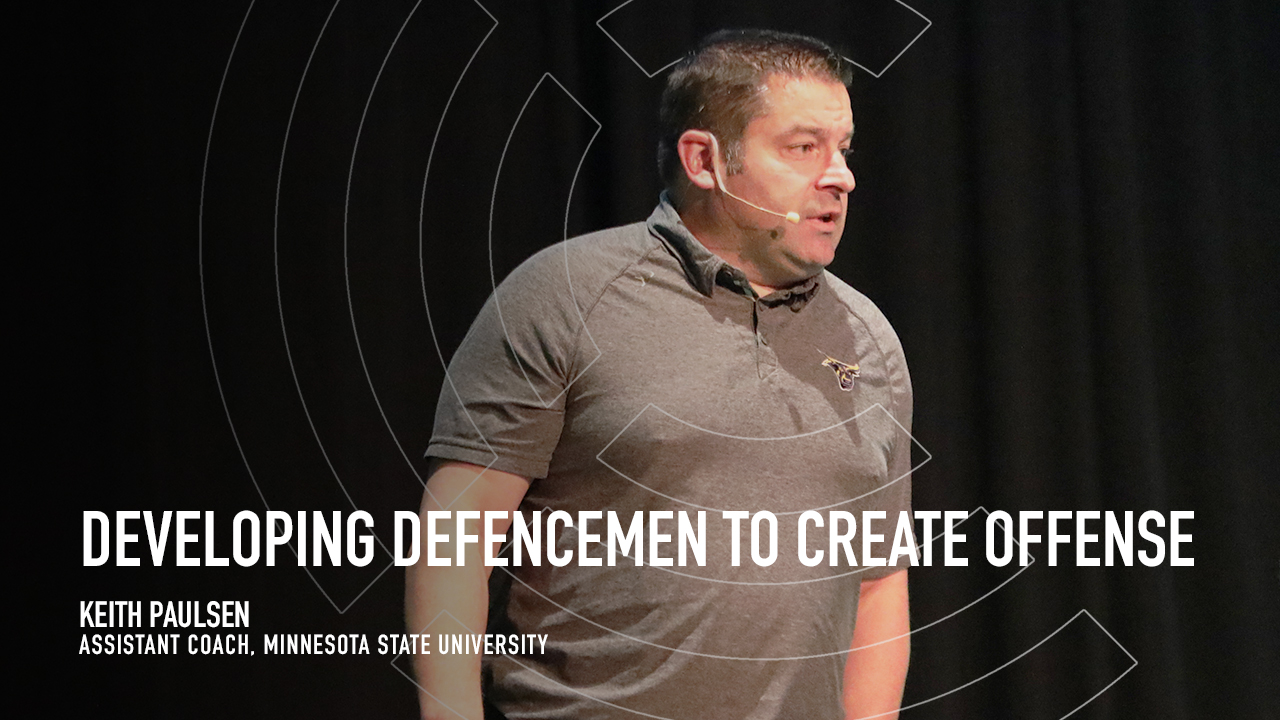Daniel Tkaczuk has seen the game from every level possible and from both sides of the bench. From his self-described "cup of coffee in the NHL" to his work in minor hockey and on the bench in the American Hockey League, he's experienced the path of a hockey player who wants to elevate to the next level.
Tkaczuk recognizes a shift in the game occurred when Roger Nielsen held his first coaching conferences. It's almost laughable to think of how listing out goals scored and scoring chances for and against was revolutionary, but it was. These days teams have their own library of data to help them find answers when it comes to how their team plays and how their opponent plays.
So what do we do with our ever-increasing focus on analytics?
Scoring Chances
"There is a direct correlation between scoring chances and longterm success.”
All coaches should be trying to find a way to track scoring chances. Not only for their own team, but the opponent as well. A team might out-chance their opponent in any given game, but that's why the long grind of the hockey season will always identify the true champion. A team that outchances their opponent every single night will win more than they lose. There are different categories of chances of course - a breakaway is a different calibre of chances then a shot from the half wall during normal offensive zone play.
A Chances
- Breakaways
- 2on1's
- Seam Plays
- One-Timers
- Rebounds
B Chances
- Clear Sight Shot in House
- Low-High Plays
- Net Drives
- Tips
C Chances
- Screens
- Wraps
- Dangerous Plays
- Misc. Broken Plays
Tkaczuk believes scoring chances are subjective. They're always going to be open to interpretation. But the key is to get your players on board and track them with your staff at your level to spot trends. You don't have to match your data with the NHL or college hockey or even the team across the ice. What matters is your own consistency, your own interpretation. From there you can take the data and build out questions for you and your staff to answer.
Let's say your team gets the majority of its chances off the cycle. Nothing wrong with that, build on that strength. But now you're also armed with evidence that can help you round out your offensive game. Work on your team's rush, run more 3on2's with a mid lane net drive in practice. Find creative ways to improve your weaknesses while also boosting your strengths.
Noteworthy Timestamps:
- 0:30 Coaching background
- 3:20 History of chances
- 5:00 Analytics
- 7:00 Scoring chance concepts
- 10:05 Chance templates
- 13:10 Scoring chance examples
- 18:40 Putting it into practice
- 20:40 Mirrored look: offensive vs defensive
- 25:00 Choosing the best option
- 26:40 Using chances as a framework

